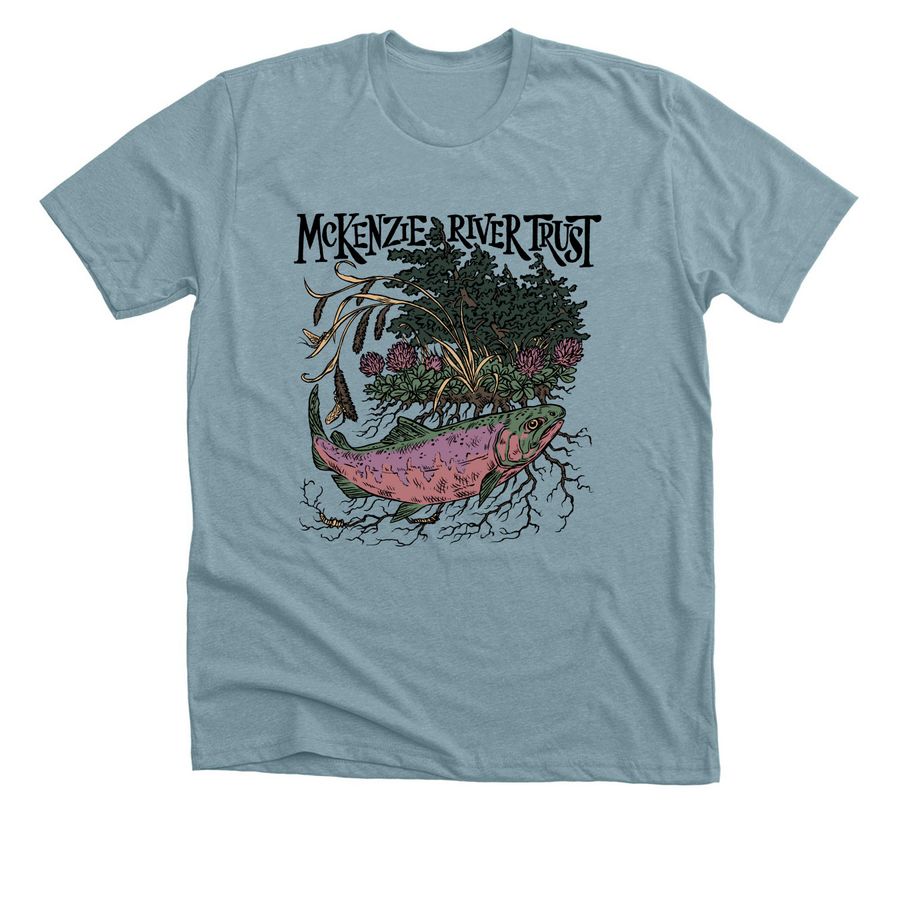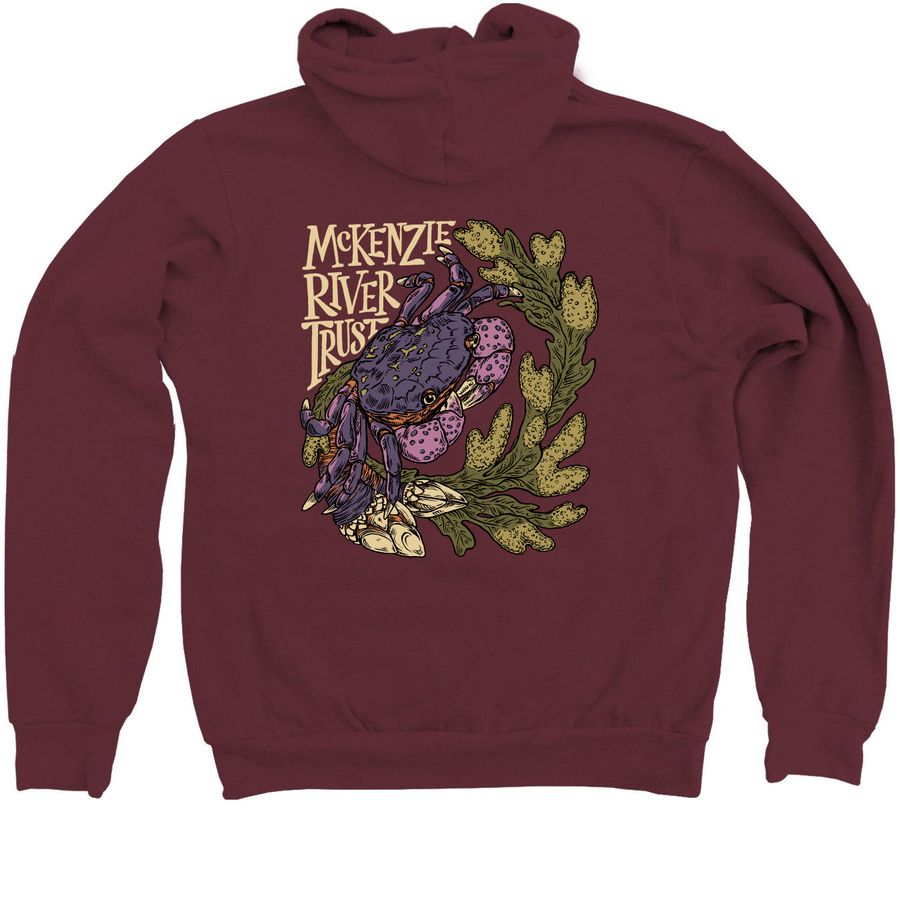If you’ve spent much time with our outreach team, you’ve probably picked up on the fact that we’re pretty fond of beavers. In fact, we hope that you already know how amazing these ecosystem engineers are, that they are easy to distinguish from a nutria based on the “cuteness” of their ears, and that if you let us, we’d be happy to spend hours listing off fun beaver associated facts and words like crepuscular and nictitating membranes, to name a few. If you’re newer to McKenzie River Trust or have not yet made it out in the field with Holly or Elizabeth, we’d like to take this moment to let you know that we’re OBSESSED with beavers, which makes International Beaver Day a pretty big dam deal.
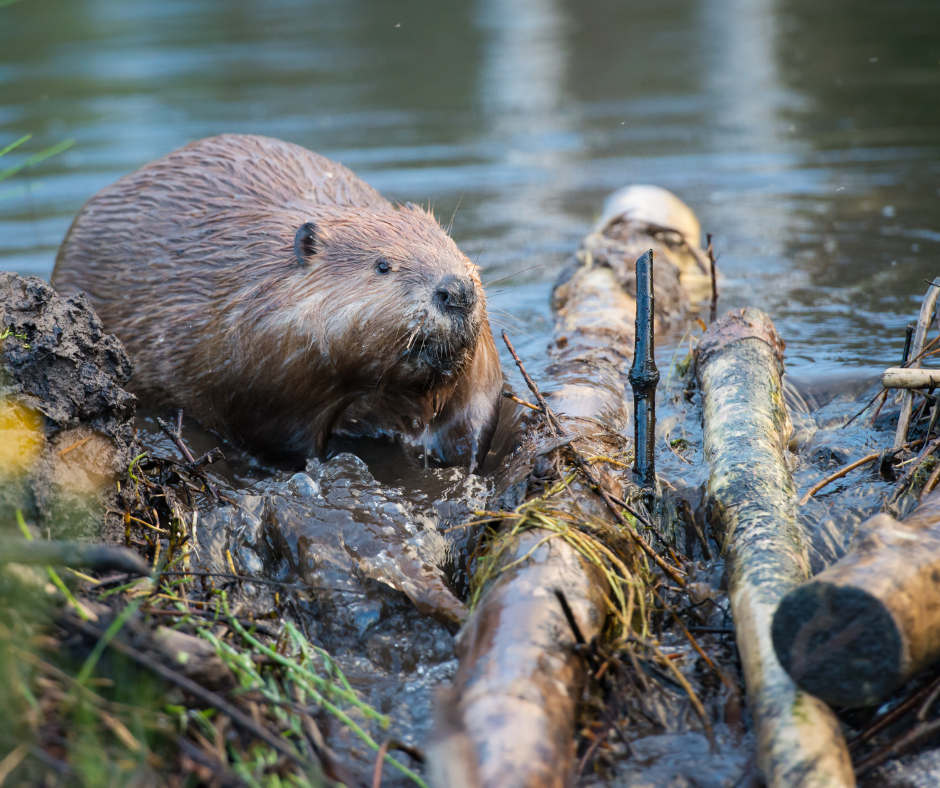
But why beavers? Besides being outrageously cute for rather large rodents, beavers have important lessons to teach us about how to care for the living rivers in our backyard. Once prevalent across North America, beavers were almost completely extirpated from the landscape by the late 1800s, the time when our own grandparents and great-grandparents were born. The struggle between people and the few remaining beavers continued well into the mid-century, with the Idaho Department of Fish and Game going so far as to send urban beavers off into the “wilderness” by plane and parachute. Until recent years, the North American Beaver (Castor canadensis) remained, at best, a nuisance and, at worst, a downright problem.
With the turn of the 21st century and the slow recovery of beaver populations, folks caring for natural lands began to notice stark differences between watersheds with and without them. Previous concerns that beavers eat fish and raise water temperatures – both of which are untrue – started being studied and debunked. As beaver populations began to recover, it became obvious that the lands and waters where they lived began to recover, too.
Beavers are good stewards of their homes. They harvest trees and branches, which provide their primary source of nutrients as they peel and eat the living layer of the woody plant or tree (cambium). They then utilize the nonedible parts of the wood to create pools and ponds through damming. These dams are different from beaver homes, which are called lodges. Dams hold water on the landscape, which helps recharge aquifers and increase groundwater (hyporheic) exchange while providing safety for beavers, who have been described as “walking sausages” due to the extraordinary number of other animals who want to eat them.
As seasons progress, beavers abandon dams and move up or downstream to create new ones. This creates a series of dams that spread water out further, promoting the development of wetlands and marshes that attract a startling diversity of plants and animals, including Trumpeter Swans, who nearly became extinct along with beavers due to their interconnected relationship. These relationships between beavers and other organisms entitle them to the term “keystone species.”

Humans, too, build their environments, but we do it in a different and often more destructive way. As species decline and a changing climate threatens the future of lands near and far, there is much we can learn from beavers. We are already finding great success imitating their behavior to restore floodplains and wetlands, an effort that buffers communities against drought and wildfire. But what else can we learn about being good stewards of the land and each other?
As we celebrate the start of the 54th annual Earth Month, we also celebrate one of our area’s most incredible caretakers of land and water. Beavers call us to ask ourselves in what ways can our actions be additive to our environment? How can we repurpose what we take and don’t need to improve conditions in our communities and around the world? How can we work locally to nurture the clean water we rely on? We hope you’ll join us in aiming to be a bit more like beavers as we work to caretake the lands, waters, and communities of western Oregon.
More From the Field
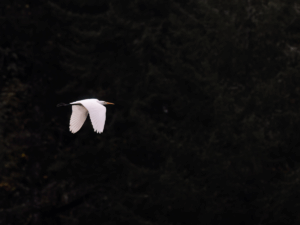
Public Notice: McKenzie River Trust Seeks Accreditation Renewal
McKenzie River Trust is pleased to announce it is applying for its third accreditation renewal through the national Land Trust Alliance. The land trust accreditation program recognizes land conservation organizations that meet national quality standards for protecting important natural places and working lands forever. The public is invited to comment through Monday, December 22nd, 2025
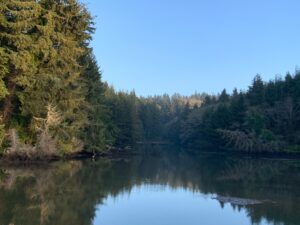
Caring Across Time
More than four years ago, McKenzie River Trust expanded our work into Lincoln County to help safeguard this special place. Now, we’re carrying forward the good work of the Central Coast Land Conservancy and expanding impact across the Yaquina River watershed.
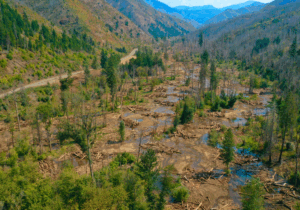
Partnerships at Work in the McKenzie Valley
The completion of restoration at Quartz Creek bolsters a growing network of efforts to protect water and wildlife across the McKenzie River watershed.


